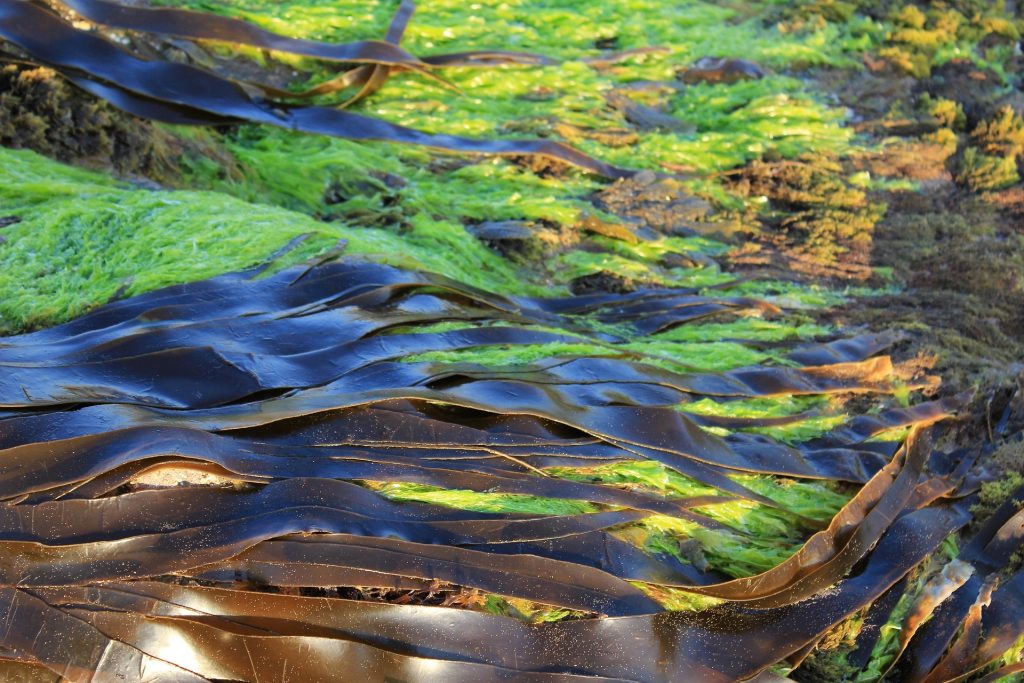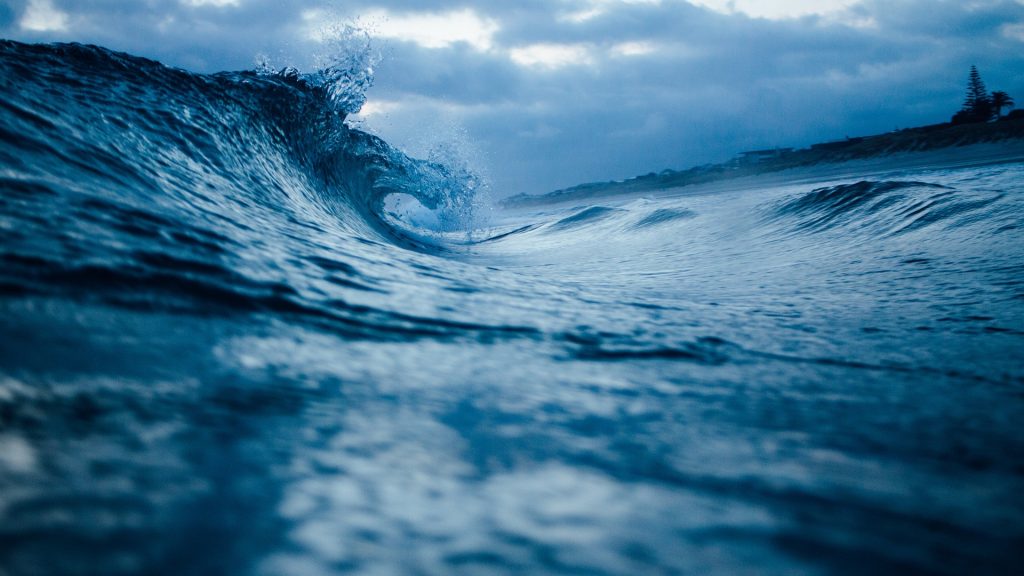Dairy expansion putting pressure on marine life

September 2nd, 2019
The expansion of the Irish dairy herd is placing significant pressure on aquatic biodiversity, a conference on marine protected areas (MPA) heard today.
Speaking at the Bigger and Better MPA conference at Trinity College Dublin, Dr David Lyons of the National Parks and Wildlife Service (NPWS) said that agricultural intensification is becoming a key stress on the marine environment alongside the fisheries sector.
The marine ecologist pointed to a recent detailed analysis by the NPWS on the status of EU-listed habitats and species in Ireland that shows most of our marine habitats are in inadequate or even bad condition.
The analysis sent to the European Commission shows that over 70 per cent of all habitats are impacted by pressures relating to agricultural practices.
While fisheries remain the most significant pressure on the offshore, Dr Lyons said that the NPWS analysis found that agriculture is one of the main threats to lake habitats, estuaries, and vegetation of flowing waters.
There are currently 88 areas of conservation in the Irish marine environment and one marine reserve at Lough Hyne near Skibereen. Dr Lyons said, however, that it is “under significant pressure” at the moment owing largely to water pressure issues from the agri-industry.
“[Lough Hyne is] a bellwether for a lot of marine habitats on the west coast of Ireland, and you would start to come to the conclusion that a lot of that has to do with the intensification of agriculture, in particular, the expansion of the dairy herd,” he said.
Dr Lyons said that the trend from the NPWS analysis “is downward” with estuaries and mudflats continuing to deteriorate. Reefs, under pressure from fishing methods that damage the seafloor, moved from bad to inadequate status over the past six years.

‘Laggard’ of the seas
Speaking in advance of the conference this morning, Pádraic Fogarty of the Irish Wildlife Trust (IWT) said that Ireland is a “laggard” in terms of the level of protection provided to restore our ocean’s health.
Mr Fogarty said that as an island nation we “really should be at the forefront of this effort” to use MPAs as a tool in protecting biodiversity and ocean ecosystems, and “not at the back of the class” as we currently are in Europe.
MPAs are any area of intertidal or subtidal terrain, together with its associated flora, fauna and cultural features, which is protected by law. They include marine reserves and parks and are the most common tool used in Europe to protect aquatic species and habitats.
Ireland has an international target of protecting 10 per cent of waters by 2020 and 30 per cent by 2030. Currently, just over two per cent of Irish waters are protected, the second-lowest percentage in Europe.
The vast majority of this is for estuarine and coastal waters, with little to no protection of Irish deep-sea waters to date despite possessing a marine territory 10 times our land-mass.
Dr Lyons of the NPWS said there are some “very large” protected areas, both onshore and offshore, “coming down the tracks” in order to protect species.
Richard Cronin, the principle marine environment advisor at the Department of Planning, added that there are also plans in place to establish a 640,000km2 zone to protect seabirds in the high seas of the Atlantic stretching from Iceland as far down as Portugal.

Bigger and better MPAs
Today’s conference was organised by IWT and Coastwatch as part of an international project coordinated by Seas at Risk to push for bigger and better MPAs across Europe. The coalition today outlined ‘eight asks’ that it says would better protect our marine environment.
Outlining the aims, Karin Dubsky of Coastwatch said that they want to see keystone species and habitats such as seagrass, kelp forests, and native oyster afforded legal protection, and an agreement to protect and manage transboundary loughs on the border in light of Brexit.
They also want new guidance for the public as to how the public can participate in the decision-making process around marine plans and projects and how to gain access to justice on marine matters under the Aarhus Convention.
The Convention is an international agreement that gives a number of rights to the public with regard to the environment, including the right to participate in certain environmental decision-making.
[x_author title=”About the Author”]







